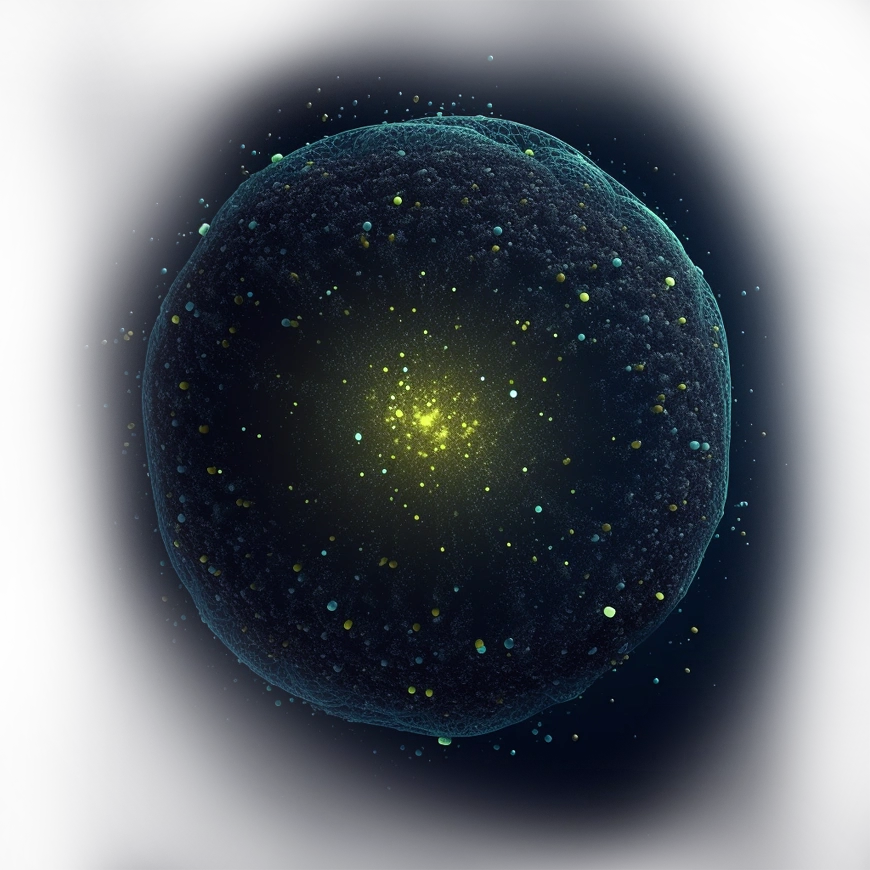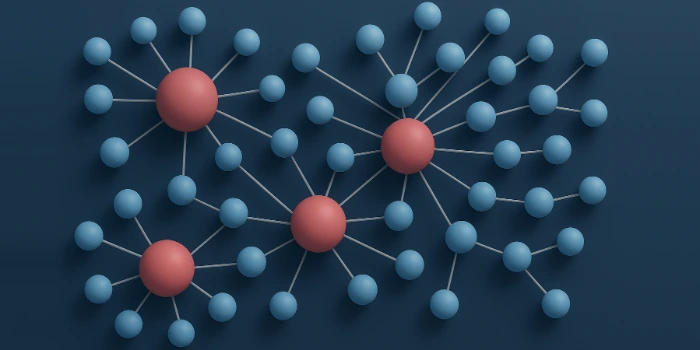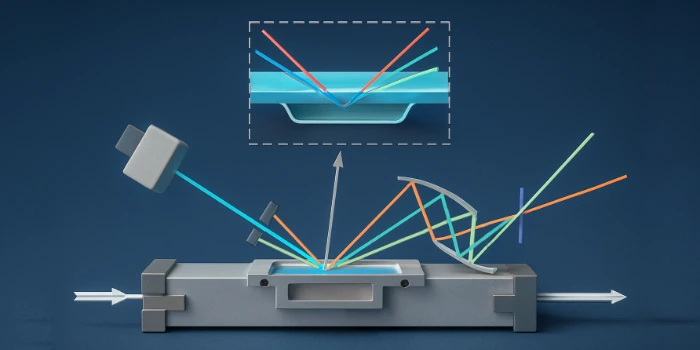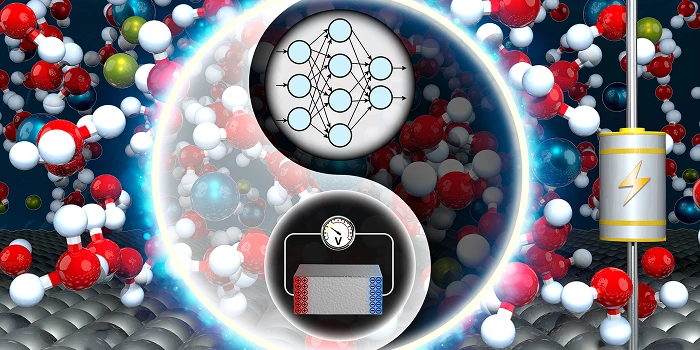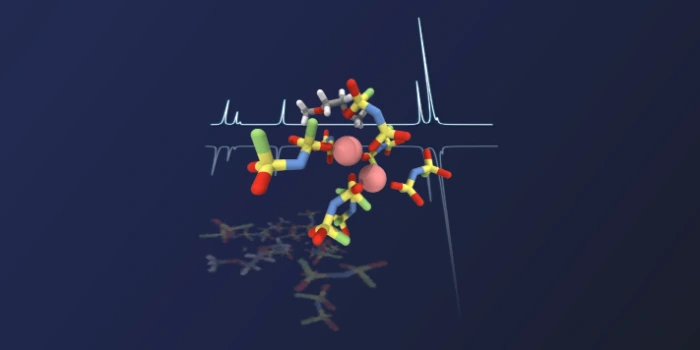Research Highlight
Key Findings and Pioneer Research
Explore
Solution in Electrochemical Science and Engineering
HPC
The Tan Kah Kee Innovation Laboratory Intelligent Computing Center, established and put into operation in 2022, features advanced liquid cooling technology for green energy efficiency and is equipped with state-of-the-art computing hardware* (390 CPU compute nodes, 6 GPU compute nodes, and 2 large nodes), supporting model training, simulation, and large-scale scientific computing.
View >
Apps
Users can directly engage with intelligent computing applications across various vertical fields, from structural potential energy functions to computational applications for physical properties and characterization properties.
View >
Databases
ai²db is the first specialized database that uses artificial intelligence to accelerate ab initio calculations (AI x ab initio = ai²) for complex properties of intricate systems. Developed and maintained by the AI4EC Lab, this database includes a vast collection of computational data on material surface and interface structures, catalytic reactions, and physical properties with first-principles accuracy, available for researchers to explore.
View >
Models
The potential energy function pre-trained models for vertical fields are built based on the ai²db dataset, combined with machine learning potential methods. Users can significantly reduce the number of DFT calculations required for active learning by employing the 'pre-trained + fine-tune' AI approach, rapidly achieving first-principles accuracy in molecular dynamics simulations and accelerating the exploration of structure-property relationships in materials.
View >
- 《National Science Review》:知识图谱+大语言模型助力接力催化研究2025/8/25
- 《Nature Communications》:界面效应主导的纳米限域水结构2025/8/8
- 《Physical Review Letters》:应用于电化学界面模拟的机器学习势函数方法ec-MLP2025/7/2
- Focusing on AI-Empowered Electrochemistry Frontiers: Second International Symposium on AI for Electrochemistry (iSAIEC 2025) Successfully Held2025/6/26
- 《Angewandte Chemie International Edition》:AI4EC Lab参与数据科学辅助解析有机催化二硫开环聚合中过渡态的稳定化机制2025/5/23
Join us
All-inclusive, Innovative, Energetic and Collaborative

“
Every scientific, technological and industrial revolution
demands a substantial period of incubation;
not everyone is fortunate enough to encounter
such an opportunity right at the peak of their prime.
demands a substantial period of incubation;
not everyone is fortunate enough to encounter
such an opportunity right at the peak of their prime.
Zhong-Qun Tian
Academician of CAS
Algorithms Researcher
This position requires close tracking of data-driven algorithm development, focusing on electrochemical-related fields. It involves leading or overseeing the design, development, testing, and application of algorithms, providing innovative solutions for academic and industrial scenarios related to material design.
Read more >
Software
Engineer
Engineer
Lead or be responsible for the design and development of application software systems for various scenarios based on the needs of users (domain experts, researchers, and enterprise users).
Read more >
Device Modeling
Optimization
Optimization
Leveraging advanced algorithms, achieve simulation of multiphysical field coupling processes at the macro/meso level, and develop intelligent management systems for batteries to meet industrial demands.
Read more >
Internship
Open interdisciplinary exchanges, new systems for co-ordinating research projects, and even new research cultures and closed-loop evaluation mechanisms will all play a crucial role. Therefore, we carry out intern exchange and visit activities for a long time, inviting like-minded people to jointly innovate the future.
Read more >
